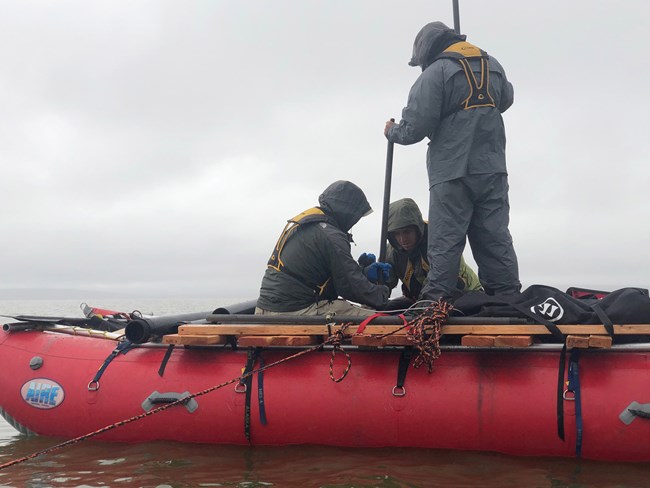
Climate change is occurring faster in high-latitude regions due to polar amplification, the phenomenon that any change in the net radiation balance tends to produce larger change in temperature near the poles than the planetary average. The result is a self-reinforcing feedback loop that spurs further warming of the climate. For example:
- Sea ice reflects the sun’s rays back into space, reflecting more heat than it absorbs, which helps keep the planet cool. But, as sea ice decreases, there is more open ocean that absorbs more heat from the sun, and as the ocean absorbs more heat, less heat is reflected so more heat stays on Earth, and more ice melts.
- Likewise, snow-covered ground reflects more heat than ground covered by vegetation. As temperatures rise, more trees and shrubs colonize Arctic ground, absorb more heat, and increase the effects of warming in the soils.
- Permafrost, soil that remains frozen year-round, is thawing as the Earth warms. Permafrost stores a lot of carbon; as it thaws, it releases greenhouse gases into the atmosphere (including carbon dioxide and methane), which then contributes to more warming.
Human-caused climate change affects all 400+ parks of the National Park System. Effects vary depending on the park and can be unpredictable. In some cases, we are still learning about the extent of climate change effects. In Alaska parks, we see a wide range of impacts. The National Park Service measures and monitors these changes so that park managers can make good decisions.
-
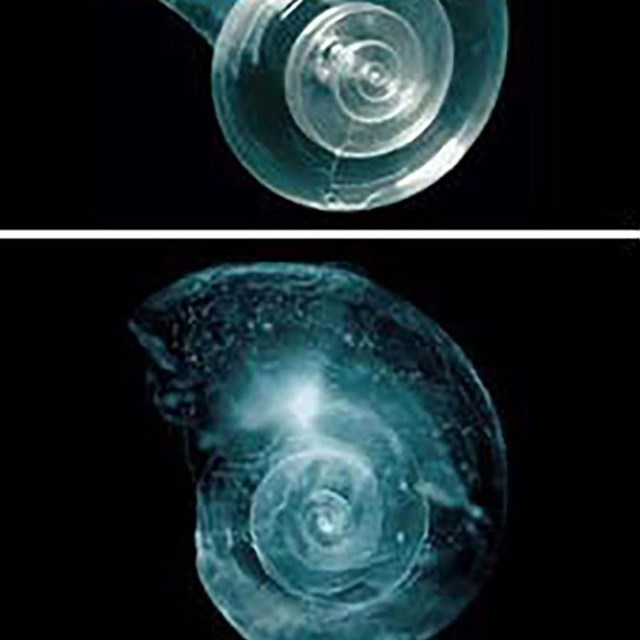 Ocean Acidification
Ocean AcidificationOcean acidification is a major threat to shellfish. It is exacerbated by freshwater inputs from melting glaciers and the regions cold water.
-
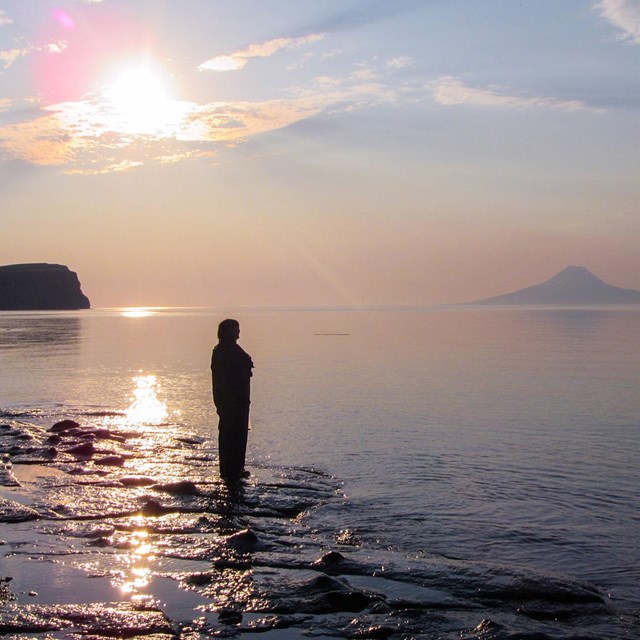 Marine Heatwaves
Marine HeatwavesMarine heatwaves are becoming more common and more extreme. We're still learning about their many impacts on ocean ecosystems.
-
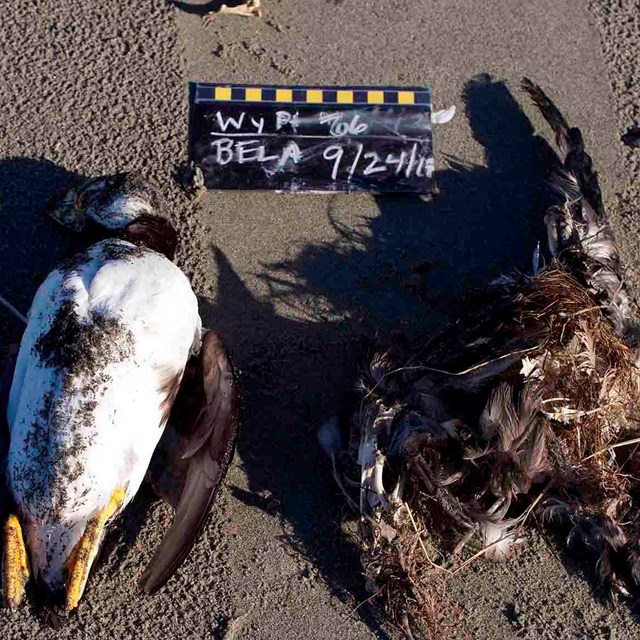 Sebird Die-Offs
Sebird Die-OffsWarm oceans create disruptions in the food web that have led to massive seabird die-offs.
-
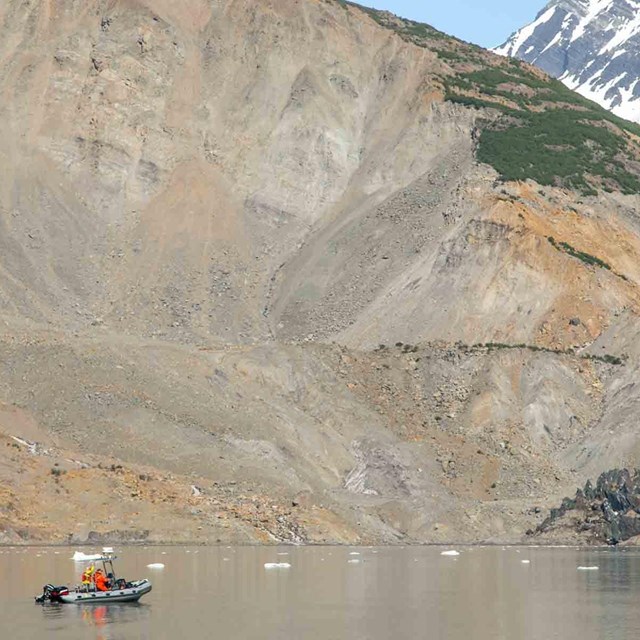 Geohazards
GeohazardsGeohazards are an increasing threat due to thawing and unstable soils.
-
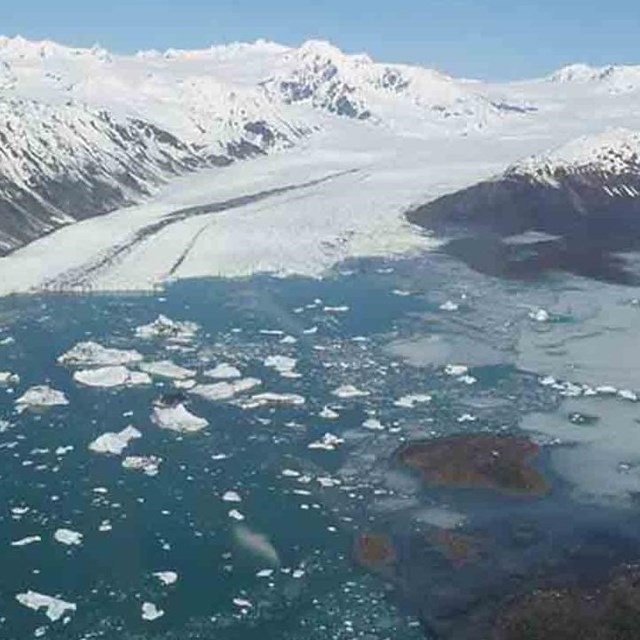 Glaciers
GlaciersMelting glaciers contribute to sea level rise, ocean acidification, and hydrological and landscape changes.
-
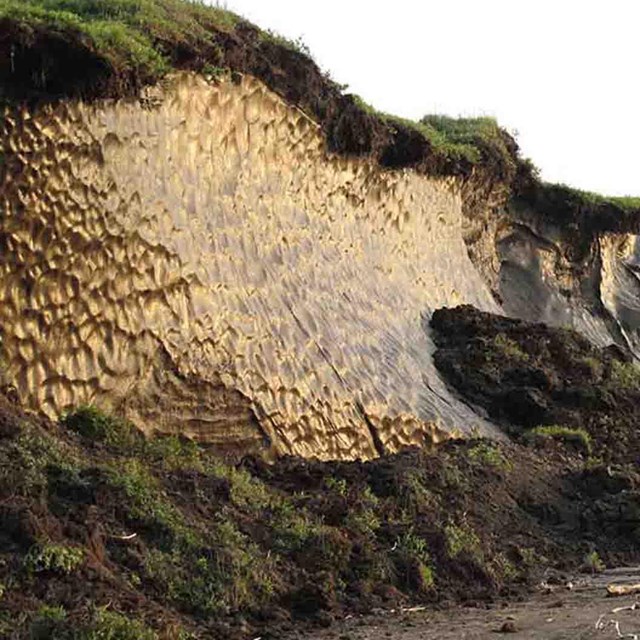 Permafrost
PermafrostThawing permafrost releases greenhouse gases like carbon dioxide and methane, which contributes to more warming.
Last updated: July 13, 2023
